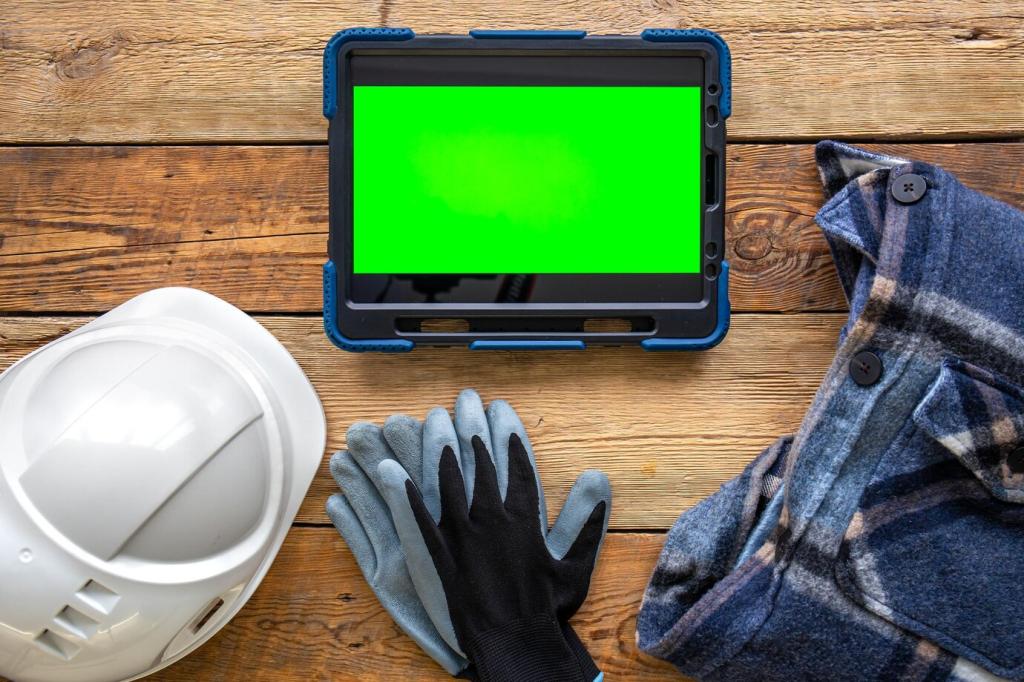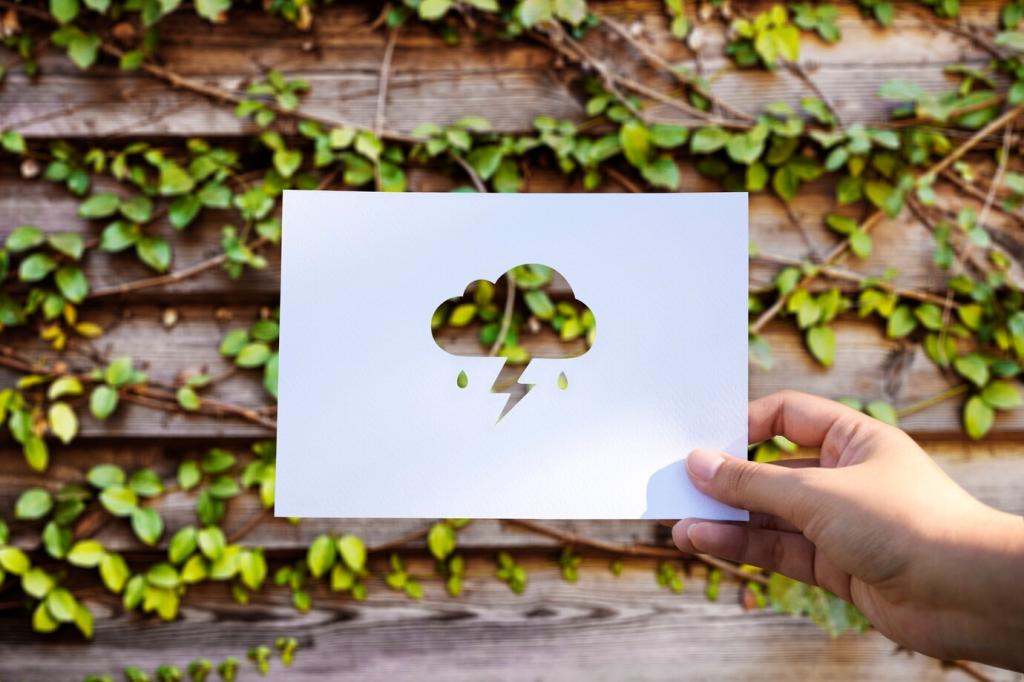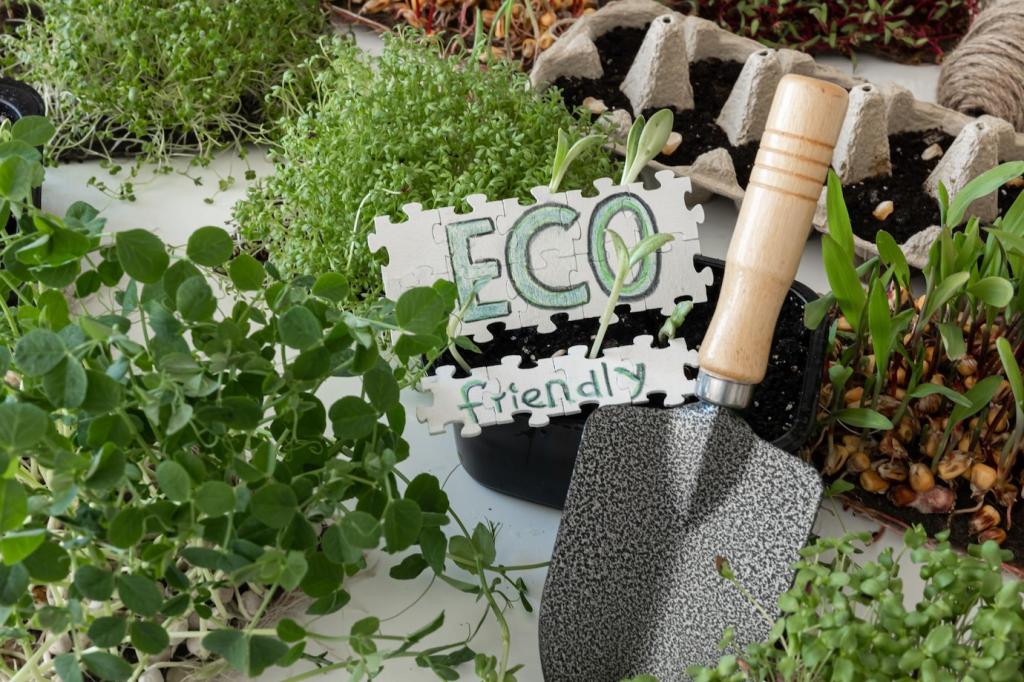
Natural Solutions for Furniture Polishing
Chosen theme: Natural Solutions for Furniture Polishing. Bring out a warm, authentic glow using simple, earth-friendly ingredients and mindful techniques. Together we will celebrate wood’s character, protect cherished pieces, and keep harsh chemicals off our tables. If you love practical tips, honest stories, and sustainable shine, stick around—subscribe, comment with your favorite recipe, and help this community grow.


Why Natural Polishes Work on Wood
Wood is a living archive of fibers and pores, always responding to humidity and touch. Natural oils seep gently into those pathways, enriching color and feel without sealing character away. Comment if you have noticed seasonal changes in your furniture’s sheen.
Why Natural Polishes Work on Wood
Natural polishes complement oil-based and waxed finishes best, enhancing depth without creating plastic shine. With lacquer or polyurethane, apply lightly and buff thoroughly. Tell us which finish you own, and we will tailor future tips.
Build Your Natural Polishing Kit From the Pantry
Olive oil offers a soft, quick glow; jojoba resists rancidity and mimics natural sebum; walnut oil cures slowly into a silky feel. Start small, label dates, and note scents. Which base oil do you prefer for heirloom pieces?
A splash of white vinegar or lemon can cut haze, but avoid on unfinished wood or delicate shellac. Test first, dilute wisely, and buff thoroughly. Tell us where citrus brightened your finish—or where you decided a plain oil was safer.
Beeswax adds warm luster and touchable protection; carnauba increases hardness and shine. Blend wax with oil for a spreadable paste. Keep tins sealed, cool, and labeled. Share your favorite wax ratio for tough table tops.
Three Proven DIY Polish Recipes
01
Mix two parts distilled water, one part white vinegar, and one part olive oil; add a few drops of lemon or orange. Shake before each use, mist a cloth, never the wood. Comment if you prefer jojoba instead for a lighter feel.
02
Warm a tablespoon of walnut oil between palms and massage along the grain, working slowly. Let it rest fifteen minutes, then buff. Note: avoid if there are nut allergies in the home. Share how your thrifted dresser responded.
03
Gently melt one part beeswax with three parts jojoba in a double boiler; cool into a soft balm. Apply thinly with circular motions, then buff with cotton. Post your photos and curing times to refine our collective technique.
Application Techniques for a Deeper, Warmer Shine
Prep the surface and respect the grain
Dust thoroughly with a dry microfiber cloth, then wipe lightly with a barely damp cloth if needed. Always polish with the grain, not against it, to avoid catching fibers. What prep routine gives you the most even glow?



Safety, Testing, and Compatibility Essentials
Choose an inconspicuous area under a table or behind a leg. Apply a tiny amount, wait, and check for dulling, swelling, or color shift. Report back on finishes that surprised you during tests.
Safety, Testing, and Compatibility Essentials
Nut oils can trigger reactions; citrus can bother sensitive noses; always ventilate. Store oily cloths flat to dry to prevent heat buildup. Share your safety setup so new readers can copy proven habits.
Stories From Real Homes: Gentle Shine, Lasting Memories
Grandmother’s cherry table and a patient Saturday
One reader spent an afternoon massaging jojoba and beeswax into a sun-faded cherry table. The glow returned gradually, like a smile. Family photos finally moved back onto the surface. Tell us about the first piece you revived.
Rental reset before an inspection
A small citrus-olive spray erased fingerprints from a battered bookshelf without that telltale chemical smell. The inspector noticed only the clean grain and soft luster. Share your renter-friendly tricks for quick, respectful care.
Thrift-store oak given a second life
After a careful spot test, a beeswax paste lifted the oak’s quartersawn shimmer from dull to captivating. The owner now polishes monthly, proudly. Post your thrift transformations and what recipe finally “clicked.”

Taming streaks, smears, and cloudiness
Streaks often mean too much product or too little buffing. Switch to a clean cloth, reduce application, and use long grain-wise strokes. What lighting helps you spot haze before it sets?

Sticky residue and how to reset without harm
If a surface feels tacky, lightly wipe with a barely damp cloth, dry immediately, then rebuff with a dry cotton rag. Resume with smaller amounts. Share your gentle reset methods for stubborn stickiness.

Water rings and white heat marks: a cautious approach
Place a cotton cloth on the mark and apply brief, low heat with an iron to coax moisture out. Test first and recondition afterward. Tell us which technique rescued your table from a teacup mishap.
